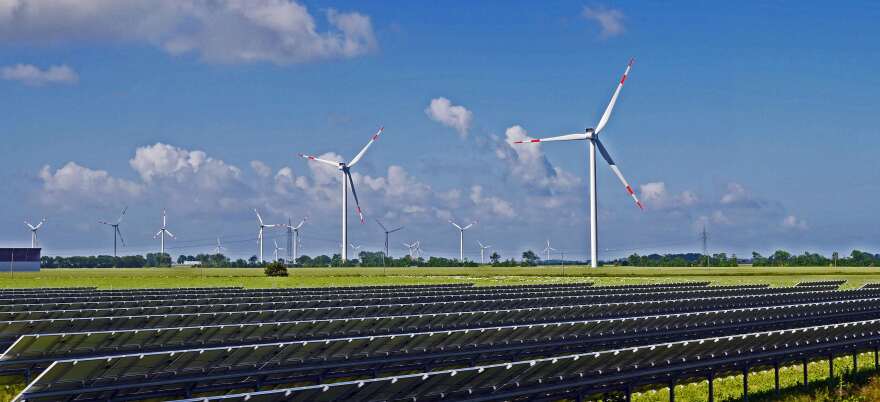Are local residents prepared for enormous utility-scale solar farms? Cornell University researchers conclude they’re not. The results are from a new study that gauged their level of support compared to other forms of solar projects. The research is titled Are Big and Small Solar Separate Things?: The Importance of Scale in Public Support For Solar Energy Development in Upstate New York. Professor Rich Stedman is the Chair of the Department of Natural Resources and the Environment at Cornell and a sociologist. He says the biggest question is always 'Where are large solar projects going to be developed?'
“...The answer is always somewhere else. You know, 700 acres or 1,000 acres in a mixed-use landscape in Upstate New York that has some ag[agriculture] land, some woodland, some open fields is very different.”
He adds the big difference between developing large utility-scale solar in New York compared to the Western US is there is a much smaller amount of land to develop here. The professor says these solar projects being introduced across the state are unfamiliar to Upstate residents and they can’t draw upon any prior experience. The trend seems to be municipalities are not embracing solar farms either… and Stedman thinks it could lead to an exacerbation of inequality.
"Where communities that have more resources, whether it's financial or human capital based resources are better at enacting these solar exclusion laws and having them stick. Now, the State can always strike down those exclusion laws as unreasonably burdensome to the industry but, it's relatively very early-on in this siting process. So, I think in a lot of ways we don't know how these will all play-out."
Stedman and his co-author Doctoral Student Roberta Nilson suggest the State may have to reassess these large scale projects or come up with other options if it plans to meet lofty goals to cut carbon emissions. That’s because the land use of solar farms may clash with public expectation of the landscapes.
“You know, I think it’s fantastic the level of ambition around renewable energy initiatives. It’s just we do need to take very seriously the potential social opposition that’s likely to arise around the siting process.”
Other findings drawn from the results of the research show Upstate residents are also less inclined to support solar farm projects because the energy they generate may actually benefit downstate regions entirely due to how the electric grid is configured. Out of three types of solar, the study’s respondents rank solar farms in third place, local community solar projects as second and rooftop solar came in first place.



